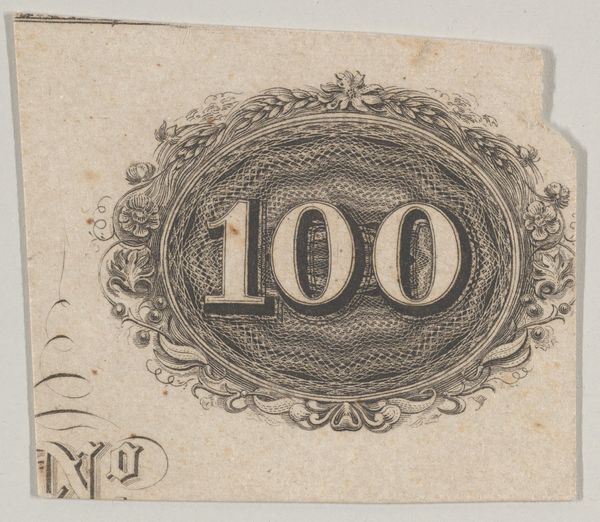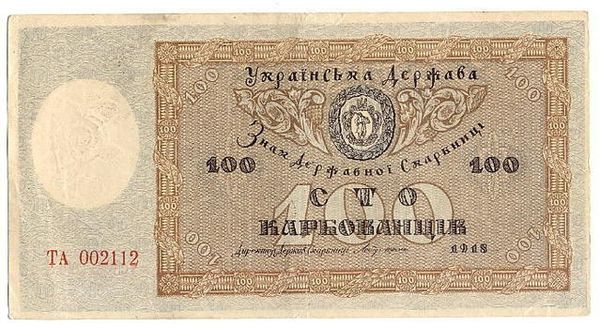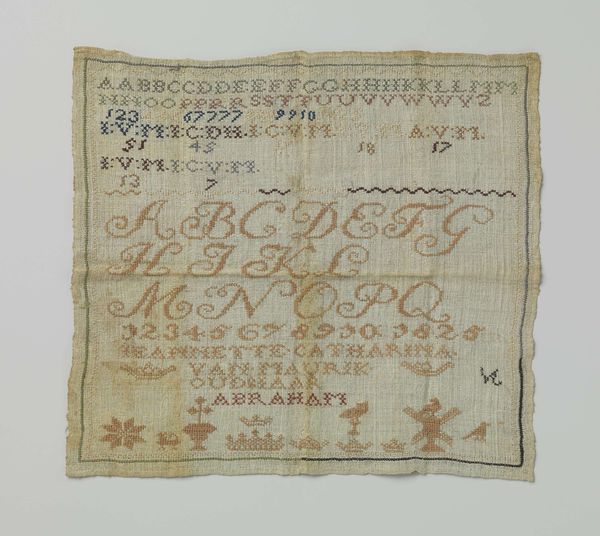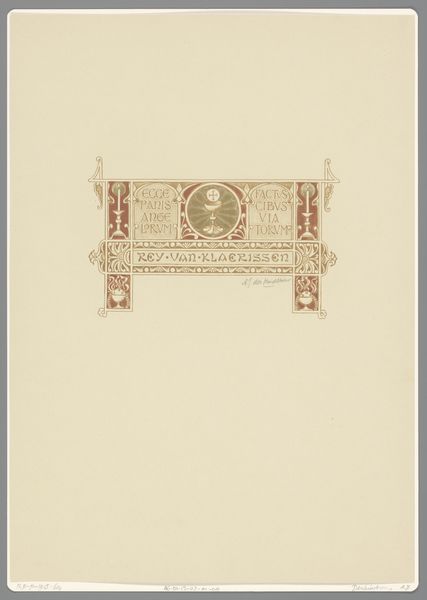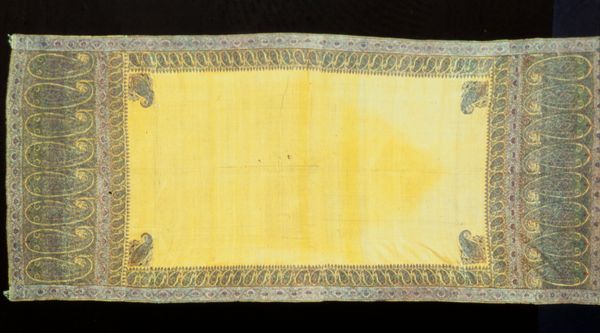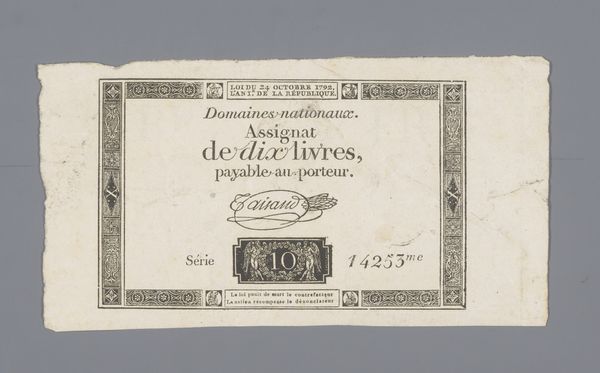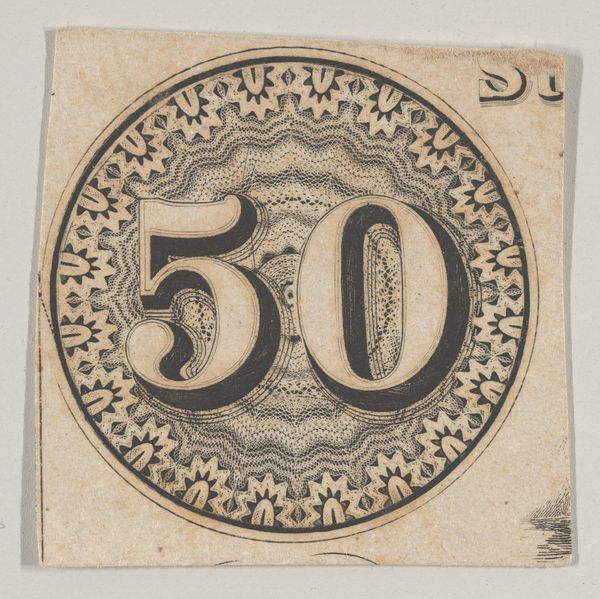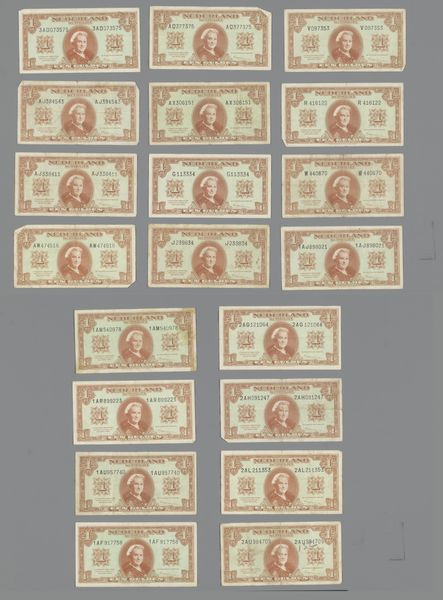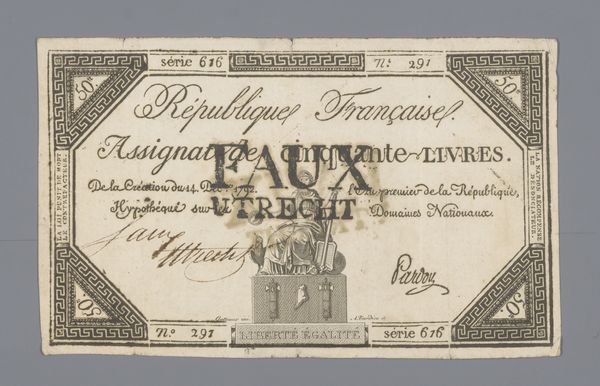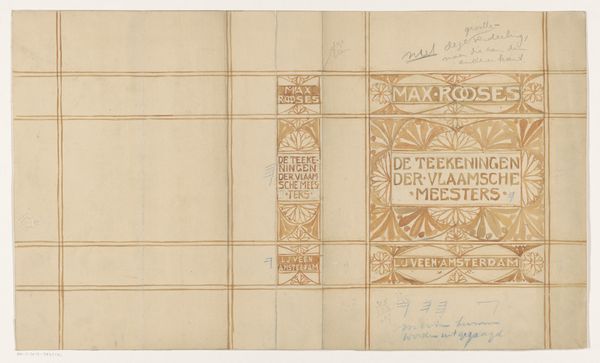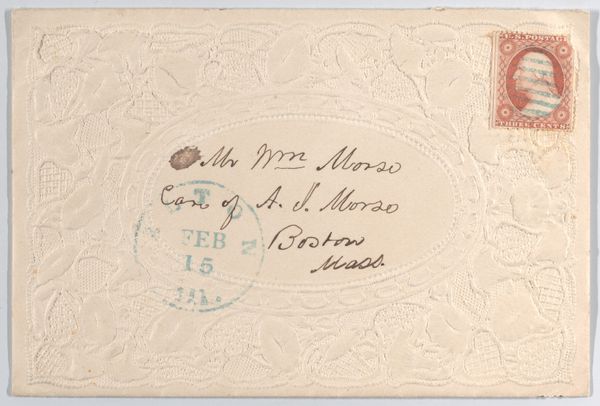
Persoonsbewijs van Gijsbertje Willemina H. Kloppenburg uit Amsterdam Possibly 1941 - 1948
0:00
0:00
paper, photography
#
portrait
#
paper
#
photography
Dimensions: height 105 mm, width 78 mm, width 234 mm
Copyright: Rijks Museum: Open Domain
Curator: This is the "Persoonsbewijs van Gijsbertje Willemina H. Kloppenburg uit Amsterdam," likely dating from 1941 to 1948, constructed primarily from paper and featuring a photographic portrait. It's a Dutch identification card. My first thought is, "sober." There's a quiet formality in her expression and the restrained design of the document itself. It’s incredibly fragile looking. Editor: Fragility is definitely a keyword here, thinking about what paper represents—the raw material, the process. We're dealing with something both bureaucratic and intensely personal. These documents weren't just handed out; there was labour involved in production and a fraught act of bearing, holding, preserving or unfortunately using them. What was the exact production process behind its printing, stamping and delivery during that complex historical moment? Curator: Precisely. The stamps, the official seals... these weren't just bureaucratic affectations; they represented control, surveillance. You can almost feel the weight of the socio-political forces bearing down. It speaks to the institutional control asserted over individual identity, and I wonder about the degree to which identity became performative, to allow someone to be identified, surveilled, or to maybe not. Editor: Absolutely. It becomes an artefact loaded with performance. Someone handled and operated machines that mechanically stamped them into this very paper which becomes representative of both nation and the state. How do you then position the person, Gijsbertje Willemina, in response to all of those pressures embedded directly onto the materiality of her ID? Curator: The formal portrait reinforces that performative element. This is not just a picture of a person, but an officially sanctioned representation of a citizen. What's fascinating to me is how it makes you ponder the public and private selves amid a complex history. Editor: Yes, how a photographic process designed to capture “likeness” turns into this tool. It really foregrounds this collision between intimate lives and political realities—the transformation of someone into data. So interesting to view paper here not as some neutral, easily consumable element, but something actively made in service of something. Curator: Precisely. Looking at this piece certainly leaves one pondering power, representation, and what it meant to simply exist at a very uncertain time.
Comments
No comments
Be the first to comment and join the conversation on the ultimate creative platform.
